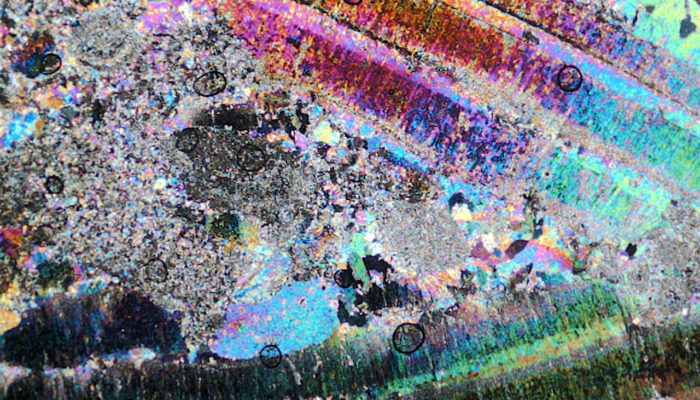This image shows benthic foraminifera species of Favulina hexagona (Williamson, 1848) together with nanofossils enclosed inside the shell hexagons. This modern foraminifera species was found in the sediment core retrieved from the western slope of the Rio Grande Rise (western South Atlantic). Description by Liubov Kuleshova, after the description on imaggeo.egu.eu. Imaggeo is the EGU ...[Read More]
Imaggeo On Monday: Micro and Nano composition



